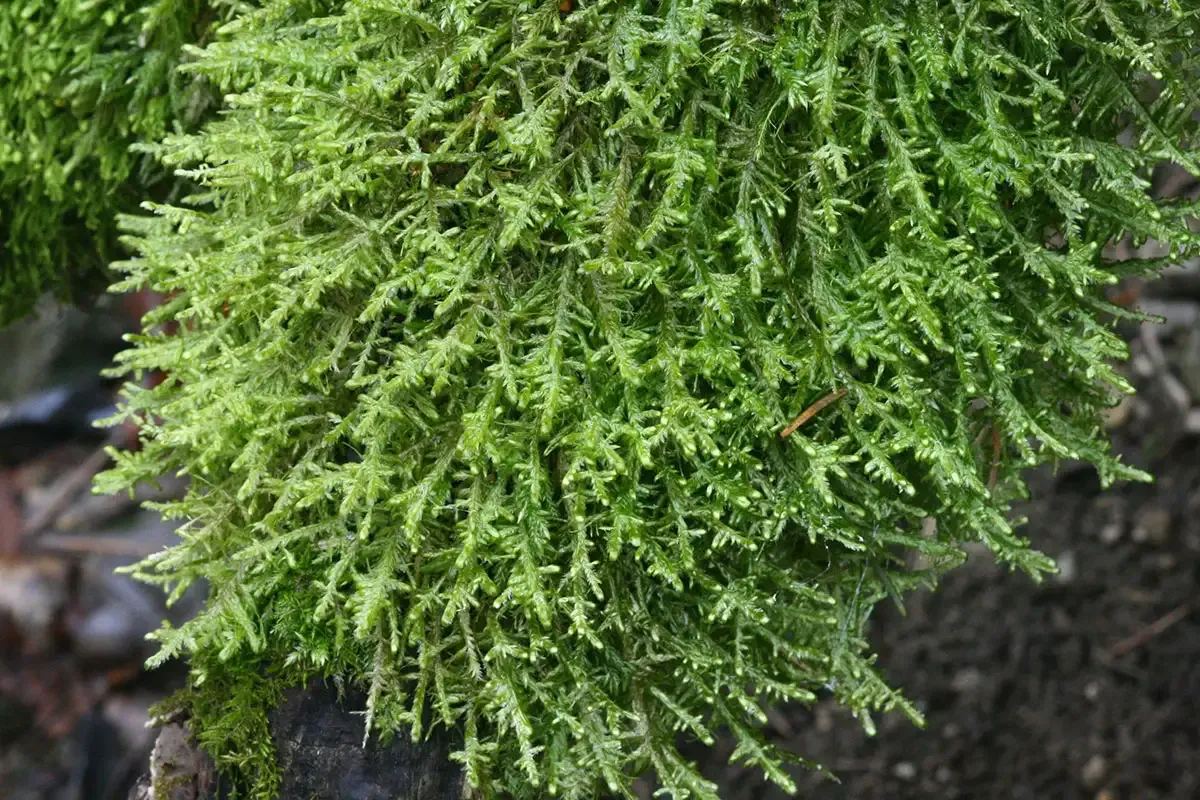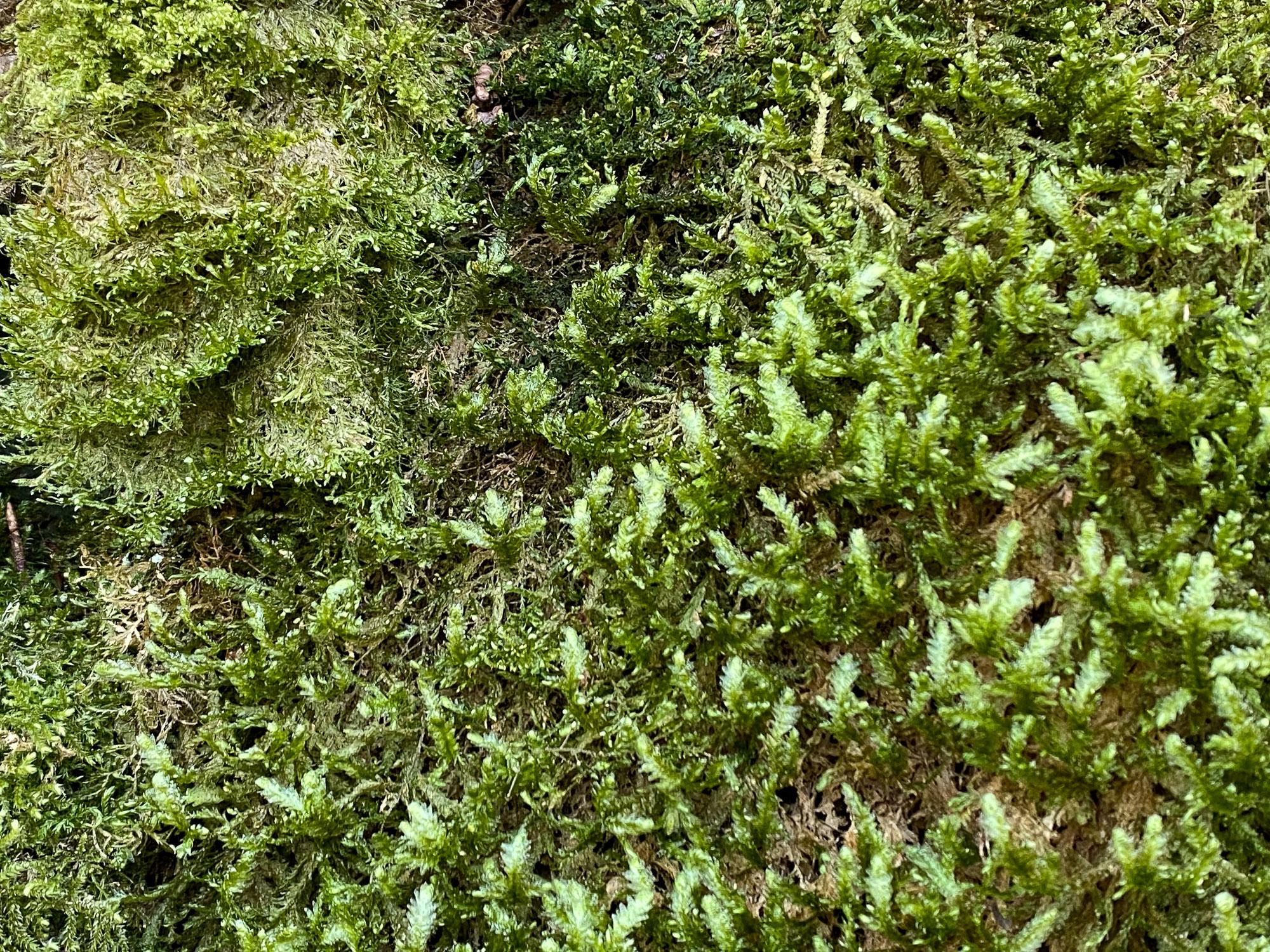
neckera_complanata_d_144725-474809_4027.jpg from: https://www.newscientist.com/article/2221809-otzi-the-icemans-last-journey-revealed-by-moss-found-in-his-stomach/
Exploring the Fascinating World of Neckera spruceana Mitt. Moss
Introduction
Mosses are often overlooked, but they play a vital role in many ecosystems around the world. One particularly interesting species is Neckera spruceana Mitt., a moss in the Neckeraceae family. In this blog post, we’ll take a closer look at this fascinating plant and explore its unique characteristics, habitat, and ecological importance.
Background
Neckera spruceana Mitt., also known simply as Neckera, is a species of moss belonging to the Bryophyta division and Bryopsida class. It was first described by the British bryologist William Mitten in 1869. This moss is found in various parts of the world and plays important roles in the ecosystems where it grows.
Morphology and Identification
Neckera spruceana forms loose mats with irregularly branched stems that can grow up to 10 cm long. The leaves are ovate-lanceolate, around 2-3 mm long, and have a distinctly undulate (wavy) margin. The leaf cells are elongated and the costa (midrib) extends about 3/4 the length of the leaf.
The sporophytes (spore-producing structures) are relatively rare. When present, the seta (stalk) is short, only about 2-3 mm long. The capsules are erect and cylindrical, with a peristome (ring of teeth around the mouth) consisting of 16 teeth.
Global Distribution and Habitat
Neckera spruceana has a wide global distribution, found in Europe, Asia, Africa, and the Americas. It typically grows on the bark of trees (

2021-04-15-08.45.51.jpg from: https://www.britishbryologicalsociety.org.uk/learning/species-finder/neckera-complanata/
epiphytic) in humid forests, especially in montane and submontane areas. This moss prefers shaded habitats with high humidity and can often be found growing alongside other epiphytic bryophytes and lichens.
Ecological Roles and Adaptations
Like many other mosses, Neckera spruceana plays important ecological roles:
Moisture retention: The dense mats formed by this moss help to trap and retain moisture, creating microhabitats for other organisms.
Nutrient cycling: As the moss decomposes, it releases nutrients back into the ecosystem, supporting the growth of other plants.
Habitat provision: Many small invertebrates, such as mites, springtails, and tardigrades, live among the moss mats.
Neckera spruceana has several adaptations that allow it to thrive in its habitat:
- The undulate leaf margins help to channel water towards the stem.
- The elongated leaf cells aid in water retention and desiccation tolerance.
- The short seta minimizes water loss during spore dispersal.
Conclusion
Neckera spruceana Mitt. is a remarkable moss species with a wide global distribution and important ecological roles. Its unique morphology and adaptations allow it to thrive in humid forest habitats, where it supports a diversity of other organisms. The next time you’re walking through a forest, take a closer look at the tree bark – you might just spot this fascinating moss! What other secrets of the bryophyte world remain to be discovered?